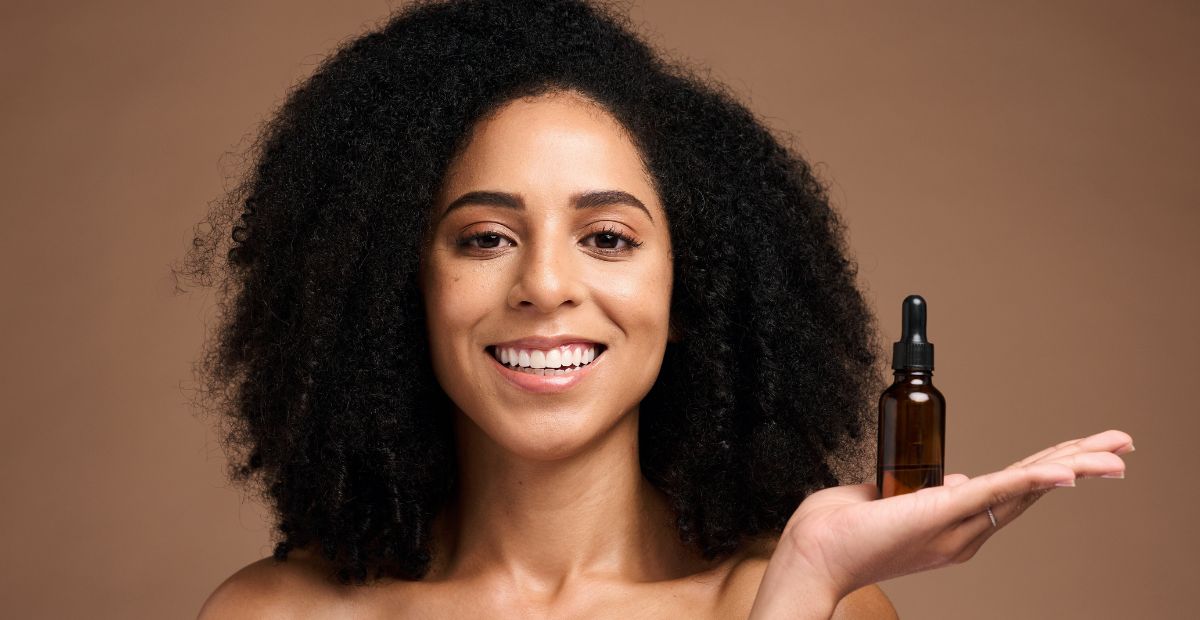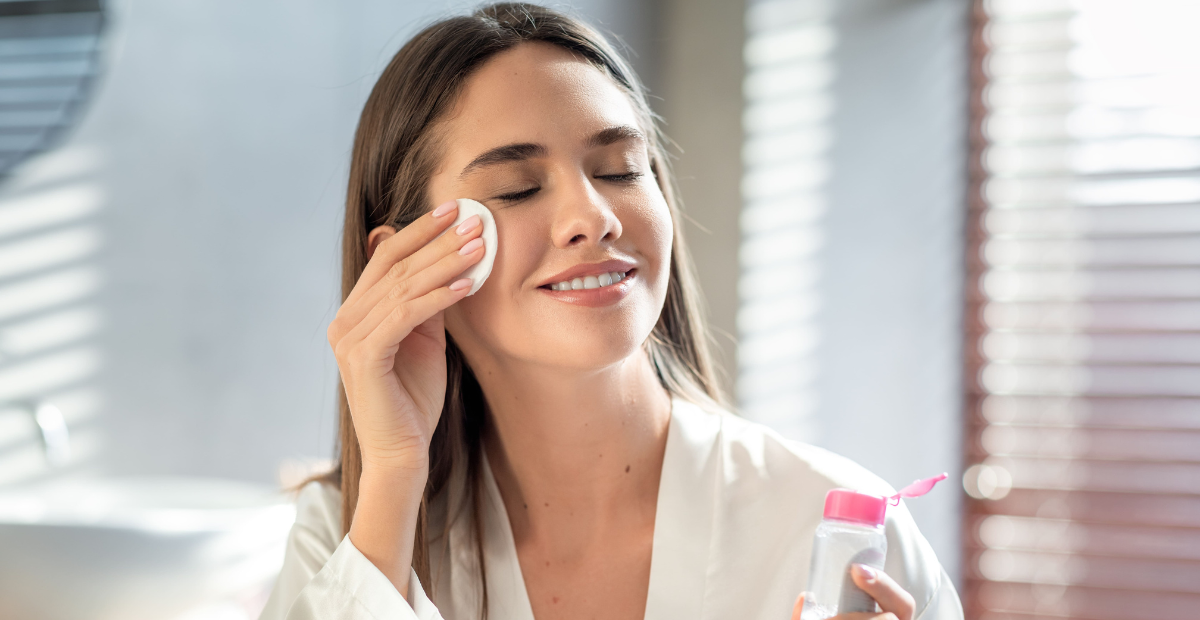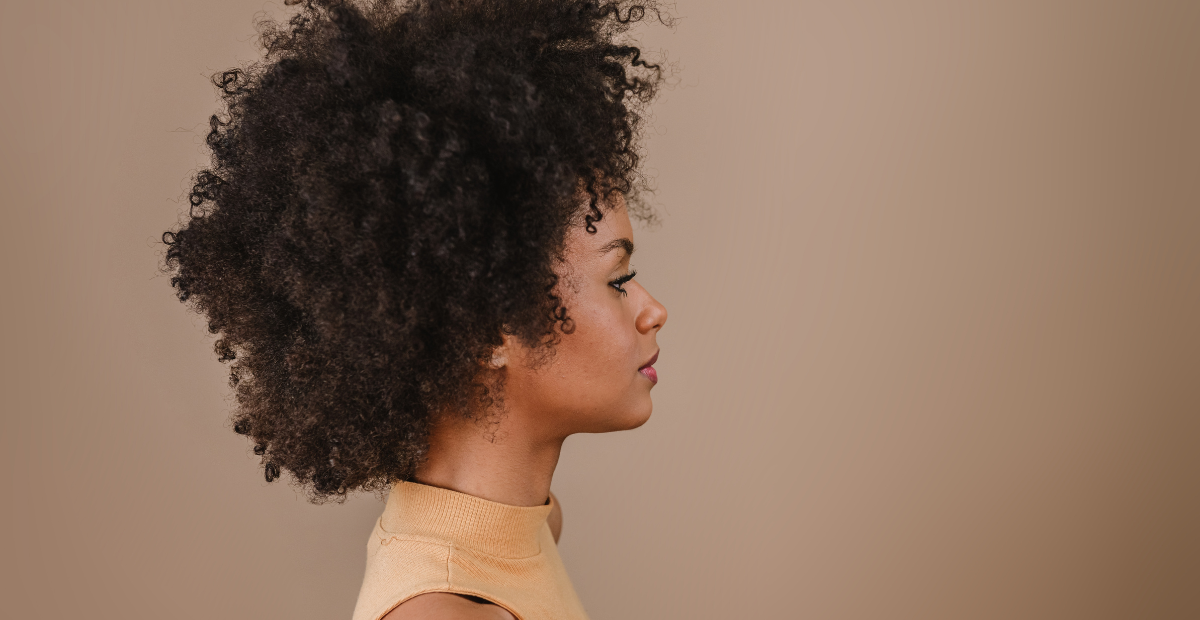Bakuchiol: The Retinol Alternative Your Skin Will Love
Onskin Content Team
Your guides through the skincare chaos

With the growing retinol fever during the fall and winter seasons, it’s hard not to hear someone doling out compliments on its magical (and very real) properties. The problem is that retinol isn’t suitable for everyone: it can cause dryness, irritation, and other skin issues. And that’s where bakuchiol steps in—the gentle alternative your skin might just fall in love with. Let’s plunge into the world of this skincare ingredient to understand whether this love can be mutual.
What’s the Problem With Retinol?
First, let’s start with what retinol actually is. It’s a form of vitamin A that boasts powerful rejuvenating and brightening effects, reduces pigment spots, and helps to fight acne and post-acne. However, retinol can also bring unwanted side effects, such as dryness, exfoliation, skin irritation, and, in some cases, retinoid dermatitis.
It’s also a well-known fact that retinol and over-the-counter retinoids aren’t recommended during pregnancy and lactation. Moreover, retinol isn’t always a good friend to those with sensitive skin, because in this case, the chance of side effects increases. You can read our comprehensive guide about pros and cons of retinol right here.
But don’t worry, there’s a way out. A gentler, yet effective, rejuvenating ingredient called bakuchiol is often referred to as a natural, safe substitute for retinol.
What Is Bakuchiol?
Bakuchiol is a type of meroterpene phenol that is present in the seeds and leaves of the Psoralea corylifolia plant. It might sound a little complicated, but let’s break it down. Bakuchiol is a chemical derived from terpenes (organic molecules commonly found in plants) and contains a phenolic group (a specific chemical structure). The plant, widely found in Southeast Asia, has long been used in traditional medicine, especially in China and India.
For the first time it was isolated from Psoralea corylifolia seeds by Indian researcher and scientist Goverdhan Mehta and his colleagues in 1966. They named it bakuchiol, inspired by the plant’s Sanskrit name, Bakuchi.
Bakuchiol Benefits
Both bakuchiol and retinol are active ingredients that improve the condition of skin, but they work in different ways.
Bakuchiol is a good antioxidant.
First, bakuchiol shows a high antioxidant capacity compared to retinol. While both ingredients reduce levels of inflammatory natural chemicals (PGE2 and MIF), bakuchiol additionally stimulates FGF7 protein, which supports the skin’s natural renewal process.
Both ingredients boost the production of key skin proteins (COL1A1, COL7A1, FN), which can improve and strengthen the skin’s structure.
It promotes healing.
Secondly, it heals wounds. Skin wounds treated with bakuchiol regenerate the epidermis (the outermost skin layer) faster compared to those treated with retinol. Areas treated with the ingredient demonstrate significant improvements, such as increased levels of FN protein, within just four weeks.
Bakuchiol works fine in summer.
Third, you can use bakuchiol even in summer because it doesn’t cause photosensitivity. The thing is that photosensitizing ingredients can make the skin more reactive to sunlight, leading to heightened sensitivity or irritation when exposed to UV rays. That’s why you can also apply bakuchiol during any part of the day.
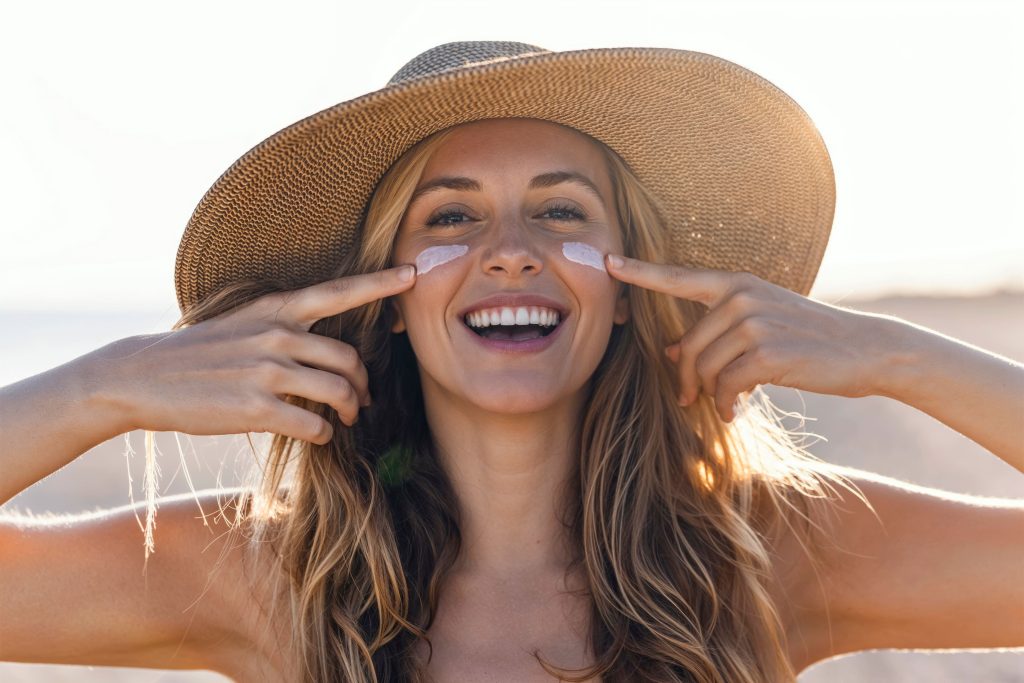
It produces collagen.
Fourth, scientists have found that bakuchiol helps the skin produce essential collagen types (I, III, and IV), which are in charge of elasticity, smoothness, and regeneration of skin. In laboratory tests, participants who applied creams with bakuchiol for 12 weeks experienced improved skin resilience, fewer wrinkles and fine lines, reduced pigmentation, and healing of damage typically associated with retinol—all without the usual side effects of retinol.
Bakuchiol effectively combats wrinkles.
Fifth, research has revealed that both bakuchiol and retinol were equally effective in significantly reducing wrinkle surface area and hyperpigmentation. However, retinol users reported more side effects, such as skin flaking and burning. The most noticeable results appeared after 12 weeks, with a 20% reduction in wrinkle severity.
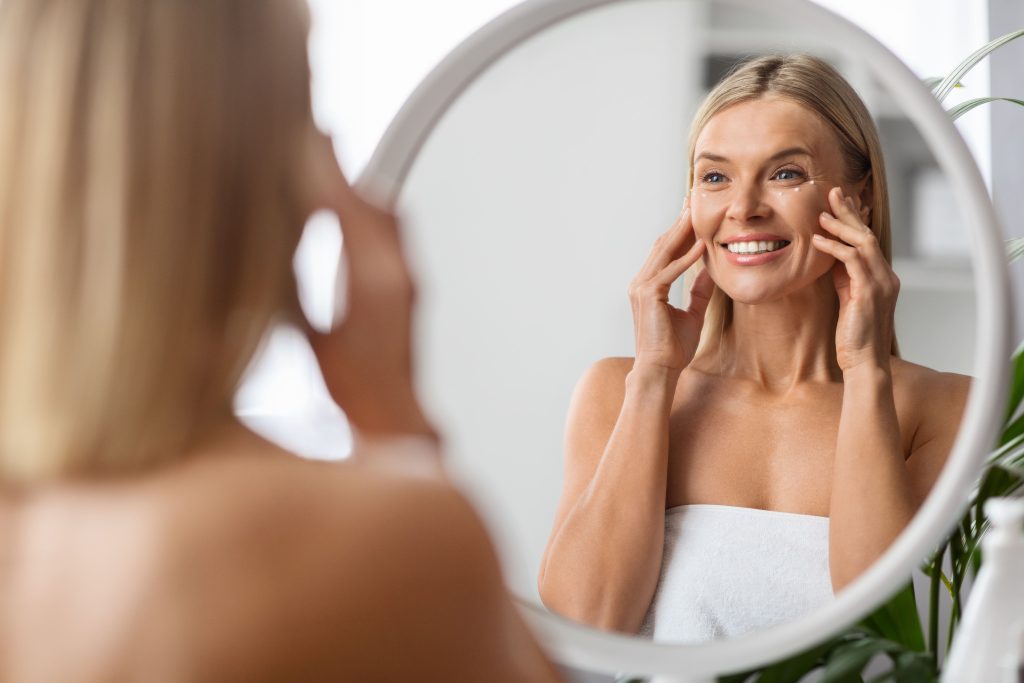
Bakuchiol vs Retinol
Bakuchiol doesn’t look chemically similar to retinol but acts in a very similar way. Scientists have found out that both ingredients have nearly identical effects on how genes behave in skin cells. Both substances increase the production of collagen types I, III, and IV, essential for preserving firm and youthful skin. These findings were confirmed through experiments that measured changes in gene activity, protein levels, and tissue structure.
Bakuchiol was also tested in a skincare product used twice a day for 12 weeks. The results showed noticeable improvements in wrinkles, fine lines, pigmentation, skin elasticity, and firmness, along with a reduction in sun damage. In contrast to retinol, bakuchiol didn’t lead to the typical side effects such as redness, irritation, or peeling.
Anyway, the fact that the product contains bakuchiol doesn’t mean it’ll 100% be a match for you. Other ingredients may not be suitable for your skin type and can trigger skin issues. That’s where the OnSkin app comes in handy. It takes into account any existing skin concerns, like sensitivity, acne, or dryness, to give you personalized recommendations. With such insights, you can confidently choose a bakuchiol product that works best for your skin, ensuring you enjoy its benefits without any unwanted side effects.
How to Apply Bakuchiol and Where to Find It
Now, when you’re familiar with its benefits, the next step is to choose a skincare product with bakuchiol in its formula. It’s commonly found in eyelid and face creams, and there’s a good reason for this—these products stay on the skin longer than cleansers, making their effects stronger.
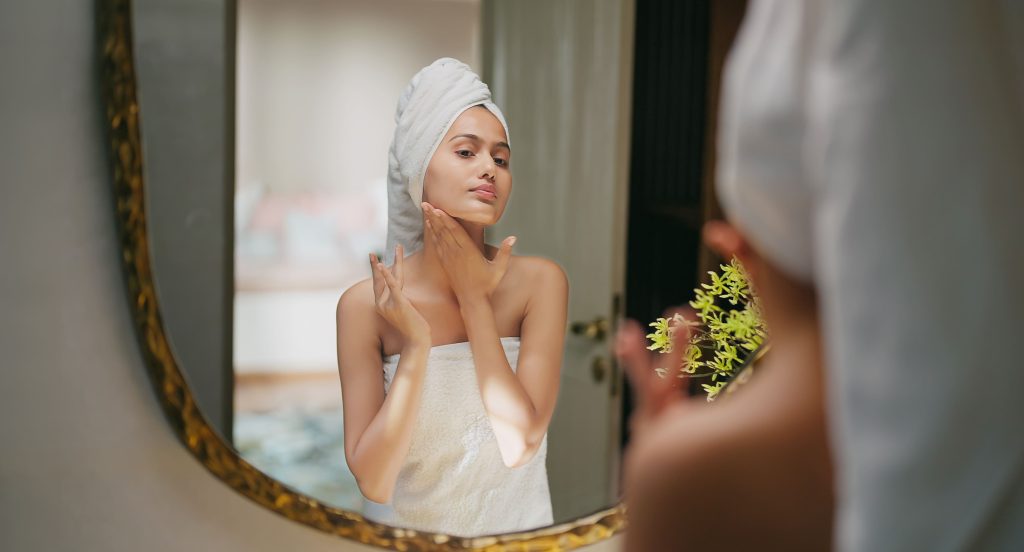
Bakuchiol is a completely safe ingredient, making it a great choice for anyone considering a rejuvenating cream. Another advantage is its versatility: you can use it both in the morning and at night because the ingredient doesn’t increase your skin’s sensitivity to UV rays. Unlike retinol or acids, there’s no risk of pigmentation. That said, sunscreen remains a non-negotiable part of your skincare routine—it’s essential for overall skin health and protection.
When selecting a bakuchiol cream, keep your skin type in mind. The right product should hydrate without drying out your skin or causing blackheads and pimples. If you’re not sure whether a product is a match for your skin type, you can use the Onskin app. It’ll delve into all the ingredients in the product’s formula and tell you whether they can help you with the skin issues you have at the moment.
FAQ
-
Where do I start with OnSkin?
Download the app and think of a product you’d like to know more about. Then, go to the main screen and choose how you’d like to get the info —by manually looking it up in the search bar, by scanning its barcode, or by simply taking a picture of the packaging. Once you’ve done any of these, you can see how safe the product is and if it suits your skin or hair (if this analysis is available).
-
What is Safety Rating, and how is it calculated?
In OnSkin, we base product rates on ingredients. Each is closely studied by our medical team and then evaluated. This way, each product gets a score from 0 to 100, with 100 as the safest level.
Safety Levels
- Excellent (76–100)
- Good (51–75)
- Not great (26–50)
- Bad (0–25)
These scores are backed by the latest scientific studies. You can find links to the resources we’ve used on each ingredient page. To assess the safety of product ingredients, we evaluate them according to the following parameters/criteria
- Endocrine disruption risk / Reproductive toxicity
Indicates the probability of mimicking, blocking, or interfering with the body hormones.
- Сarcinogenicity
Measures the potential risk of inducing cancer.
- Allergy risk
Estimates the probability of an allergic reaction.
- High concentration alert
Determines the risk of being unsafe in certain amounts.
-
What is Skin Match?
Based on the info you input about your skin type, age, skin care goal, and other “settings,” OnSkin checks how well a product is tailored to your unique skin needs — it’s basically like a dermatologist helping you find the right products, minus the fees and the long wait. The product you’re checking might be labeled as It’s a match!, Hit-or-miss, or Not a match for you. The app also detects ingredient groups such as Anti-acne, Anti-inflammatory, Moisturizes, May be drying, Comedogenic, and others — by tapping one, you see exactly what ingredients from this or that group are in the product.
-
I seem to have a problem with using the app. Who should I contact?
Please reach out to us at [email protected], and we’ll carefully look into your issue. Your ideas for improving the app are also very welcome!
-
Do you have an Android version?
Not yet! Hey Android users, we hear you, and we're thinking about making an Android version, but we haven't started the development yet.
Tracker Sent!
It’s on the way to your inbox.


